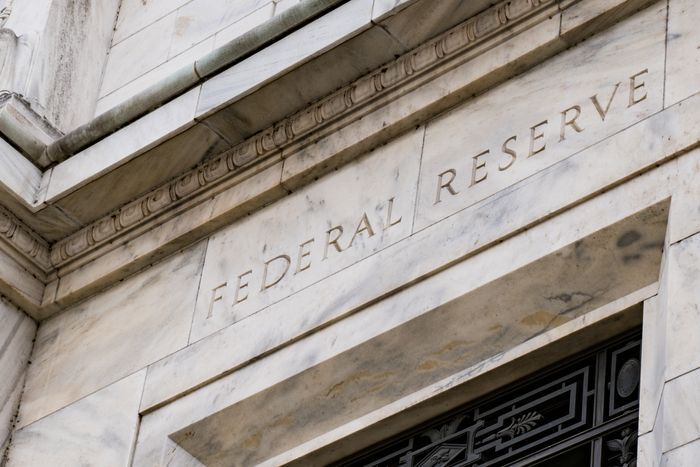
Monetary Policy & Inflation | US

Monetary Policy & Inflation | US
This article is only available to Macro Hive subscribers. Sign-up to receive world-class macro analysis with a daily curated newsletter, podcast, original content from award-winning researchers, cross market strategy, equity insights, trade ideas, crypto flow frameworks, academic paper summaries, explanation and analysis of market-moving events, community investor chat room, and more.
As I expected, the Fed moved to an easing bias. It removed references to policy firming from the statement and the presser preamble. The preamble stated, ‘we believe that our policy rate is likely at its peak for this tightening cycle’ and that ‘risks to achieving our employment inflation goals are coming into better balance.’
Contrary to my expectations, Powell ruled out a March cut, ‘March is not what we would call the base case.’
There were two key reasons. First, the FOMC was less confident than I expected on the inflation outlook. Powell was happy with the pace of disinflation but needed to see more data points, ‘it is not that we are looking for better data but rather a continuation of the good data.’
Specifically, Powell was concerned by:
(Chart 1: core PCE YoY: orange line = core PCE; blue line = core services ex-housing; grey line = core goods; yellow line = housing)
The second reason for ruling out a March cut is that Powell is less worried by inflation undershooting than I expected. When asked, ‘There are those on Wall Street who think if you maintain the level of restrictions you have right now, you could end up with inflation running below your target. How do you see that?’, Powell replied, ‘If we face those circumstances then we will have to deal with it.’ Answering a similar question later in the presser, he similarly replied, ‘we will be reacting to the data.’
That Powell is not concerned by the risk of overly tight policy was also shown by his rejection of the Taylor rule as a benchmark. When asked about the positive spread between FFR and various versions of the Taylor rule, Powell replied that the Fed ‘was not setting policy by them.’ My estimate of the Taylor rule shows the FFR spread is the widest since the 1980s, when inflation was higher and more entrenched than currently (Chart 2).
(Chart 2: orange line = actual FFR; blue line = Taylor rule; grey line = actual FFR/Taylor rule)
I see two broad risks that could break Powell’s March guidance, but neither seem likely.
First, marked economic weakening. Powell said ‘If we saw an unexpected weakening in the labour market, that would certainly weigh on cutting sooner.’ But that is neither his expectation nor mine.
Second, a new banking crisis. A few hours before the FOMC, New York Community Bank, that acquired part of Signature Bank last year, cut its dividend and reported large commercial real estate (CRE)-related losses. Its stock price fell 46%, dragging the KBW index down 6%.
CRE loan losses are likely to rise across the banking system. But I do not expect a systemic crisis: commercial bank CRE lending represents $2.9tn out of assets of $23.3tn and against total tier 1 capital of $2.2tn, banks have been provisioning for CRE losses for some time, and CRE is a small share of the US economy. Losses are likely to be absorbed over time by bank equity holders.
Following the FOMC, market pricing of the March meeting has barely changed, about 35% risk of a 25bp cut, against 40% before the meeting.
I think this is still too high since Powell made it clear this was not the Fed’s base case and neither economic nor financial instability appear likely at this stage.
Spring sale - Prime Membership only £3 for 3 months! Get trade ideas and macro insights now
Your subscription has been successfully canceled.
Discount Applied - Your subscription has now updated with Coupon and from next payment Discount will be applied.